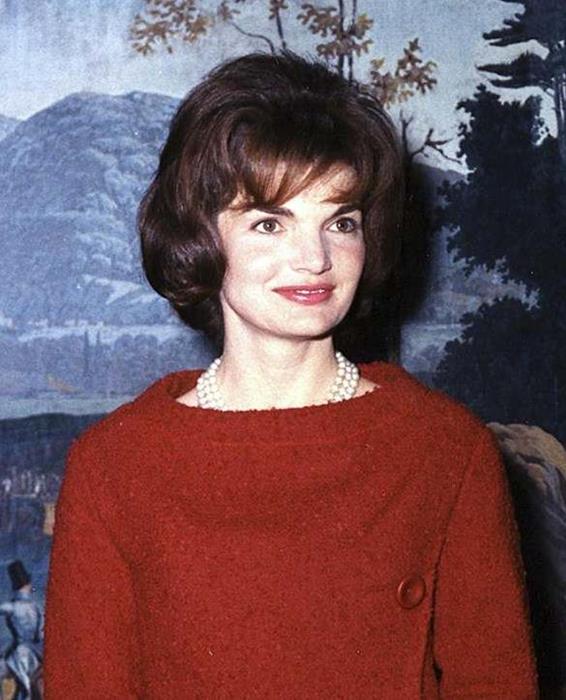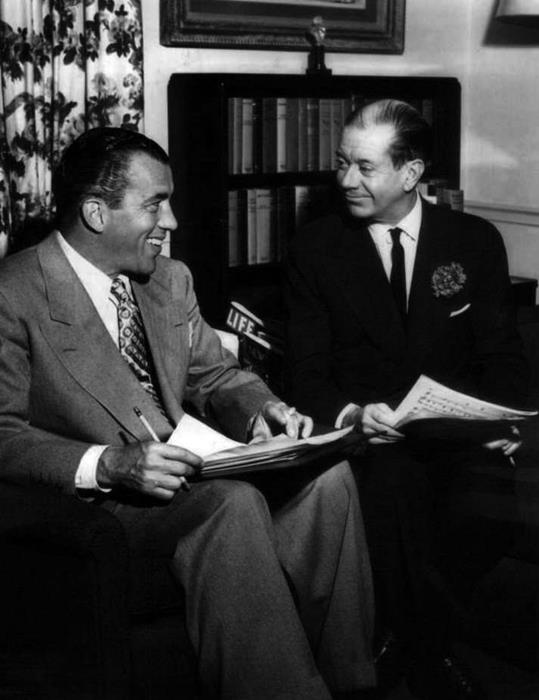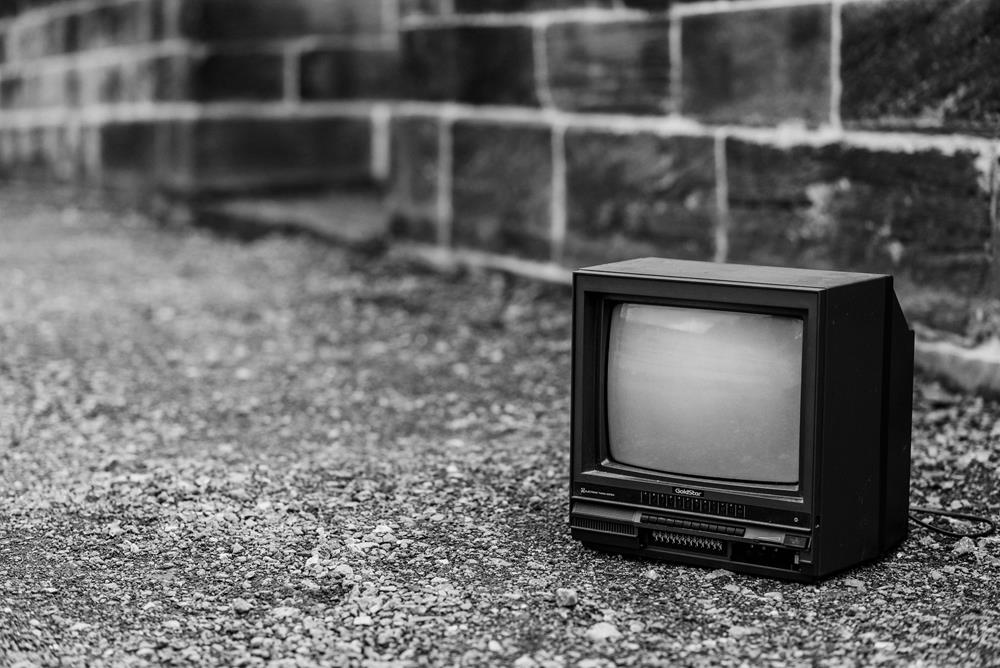In the 1960s, television emerged as a powerful medium that not only entertained but also influenced the popular culture of the era. This decade saw television become a central fixture in households across America, shaping the way people dressed, thought, and interacted. From iconic shows that reflected the values of the time to groundbreaking music performances that captured the essence of the era, television played a significant role in shaping the 1960s pop culture landscape.
How Did TV Impact Pop Culture of the 60s?
In the 1960s, television became more than just a form of entertainment; it became a mirror reflecting and shaping societal values and trends. Let’s start with television shows!
Television Shows
Television in the 1960s offered a wide range of shows that entertained and inspired audiences across America. Sitcoms like “The Andy Griffith Show” and “Bewitched” provided light-hearted humor for families. “The Andy Griffith Show” portrayed life in the fictional town of Mayberry, highlighting the importance of community and family values. The show’s characters, like Sheriff Andy Taylor, resolved conflicts with humor and wisdom, showcasing a simpler way of life that resonated with viewers.
These shows did more than just entertain; they also reflected and influenced societal values. For example, “The Andy Griffith Show” portrayed a nostalgic view of small-town America, highlighting the importance of community and family values.
This portrayal resonated with viewers and helped shape their perception of idealized American life. Set in the fictional town of Mayberry, the show depicted a simpler way of life where neighbors looked out for each other and problems were resolved with a dose of common sense and humor. The show’s portrayal of small-town values struck a chord with viewers and helped shape their perception of what an ideal community should be like.
On the other hand, “The Twilight Zone” used science fiction to explore societal issues such as racism, war, and conformity. Through its thought-provoking stories, the show challenged viewers to think critically about the world around them and consider alternative perspectives. “The Twilight Zone” took a different approach, using science fiction to explore complex societal issues. One of the most famous episodes, “Eye of the Beholder,” tackled themes of beauty and conformity. In the episode, a woman undergoes surgery to look “normal,” only to discover that beauty is subjective.

“Star Trek” took viewers on a journey to outer space, but also tackled serious issues like racism, war, and politics. The show’s diverse cast and futuristic setting allowed it to address these topics in a way that was both imaginative and thought-provoking. By presenting these issues in a science fiction context, “Star Trek” challenged viewers to think about the world around them and imagine a more inclusive future.
Television’s Stylish Influence on Fashion
Television became a powerful medium for showcasing fashion, especially as color TV became more widespread. Viewers were captivated by the vibrant and trendy outfits worn by their favorite TV characters, leading to the emulation of these styles in real life. Shows like “The Avengers” and “Bewitched” became fashion trendsetters, inspiring viewers to experiment with new and bold looks.
One of the most iconic fashion moments of the 1960s was the rise of the Mod style, popularized by British television shows like “The Avengers.” Characters such as Emma Peel, portrayed by Diana Rigg, epitomized this trend with their bold and futuristic fashion choices.
The Mod style was characterized by its use of geometric patterns, bright colors, and miniskirts, reflecting the youthfulness and energy of the decade. This style represented a break from tradition and a celebration of youth culture, making it an enduring symbol of the era.
Another influential figure in 1960s fashion was Jacqueline Kennedy, whose impeccable style and grace captivated audiences worldwide. Her fashion choices, often showcased during televised events, set a new standard for elegance and sophistication. Kennedy’s signature looks, including her pillbox hats, tailored suits, and classic accessories, became synonymous with 1960s fashion. Her wardrobe consisted of simple yet refined pieces, such as tailored suits, A-line dresses, and chic accessories. Kennedy’s fashion choices were often showcased on television, influencing women around the world and solidifying her status as a fashion icon.

Television’s Role in Popularizing Music
Television became a powerful tool for promoting music in the 1960s, particularly with the advent of color TV. Music programs like “American Bandstand” and “The Ed Sullivan Show” provided a platform for musicians to showcase their talent and reach a wider audience. These shows helped popularize new genres of music, such as rock and roll and Motown, and introduced audiences to emerging artists.
Music performances on television had a profound impact on both the artists and the audience. For example, The Beatles’ appearance on “The Ed Sullivan Show” in 1964 marked a turning point in music history, as it introduced the British Invasion to American audiences and catapulted the band to international fame. The energy and charisma of The Beatles’ performance captivated viewers and set a new standard for live music on television.

Motown artists also benefited from television exposure, with acts like The Supremes and The Temptations appearing on variety shows and music specials. These appearances helped popularize Motown’s distinctive sound and style, bringing African-American music into the mainstream and influencing the development of popular music for decades to come.
Television was also instrumental in introducing audiences to new and emerging artists. Up-and-coming musicians were given the opportunity to perform on national television, helping them gain exposure and build a fan base. Television shows provided a launching pad for artists who would go on to become legends, such as The Beatles, The Rolling Stones, and Bob Dylan.
The influence on music went beyond just entertainment; it also reflected and shaped the cultural and social movements of the time. Artists used their music to comment on issues such as civil rights, war, and social change, and television provided a platform for these messages to reach a wide audience.
Television’s Reflection and Challenge of 1960s Societal Norms
Television in the 1960s played a complex role in both reflecting and challenging societal norms of the time. As a powerful medium with a broad reach, television had the ability to influence and shape public opinion on a wide range of issues.
Sitcoms presented idealized versions of family life, with traditional gender roles and family structures being the norm. These shows reinforced the conservative values that were prevalent in 1960s America, reflecting the desire for stability and conformity in a time of social change.
Despite often reflecting mainstream values, television in the 1960s also pushed the boundaries of what was considered acceptable. Shows tackled controversial topics such as race, war, and politics, challenging viewers to think critically about the world around them. These shows were instrumental in sparking conversations about important social issues and challenging viewers to reconsider their own beliefs and attitudes.
Television in the 1960s was not afraid to tackle controversial topics head-on. Shows addressed issues of race and equality, while others used science fiction to explore complex social issues. These shows were groundbreaking in their willingness to address difficult topics and helped to pave the way for greater social awareness and change.

Final Words
Television in the 1960s was a dynamic force that both reflected and influenced the cultural and social norms of the era. It provided a window into the changing world, showcasing new music, fashion, and ideas to audiences across America. Television challenged viewers to think differently about the world around them, sparking important conversations about race, gender, and politics. By pushing the boundaries of what was considered acceptable, television helped to pave the way for greater social awareness and change.

